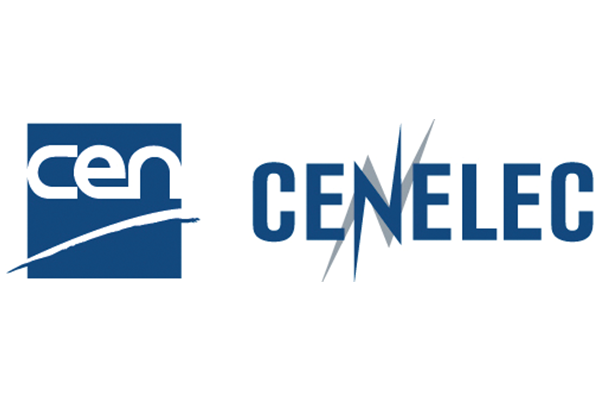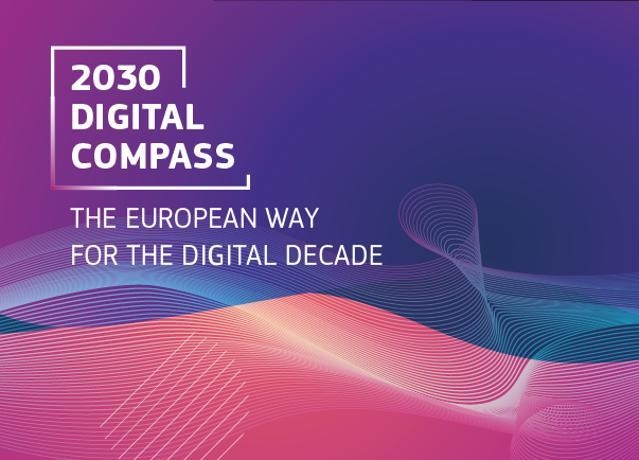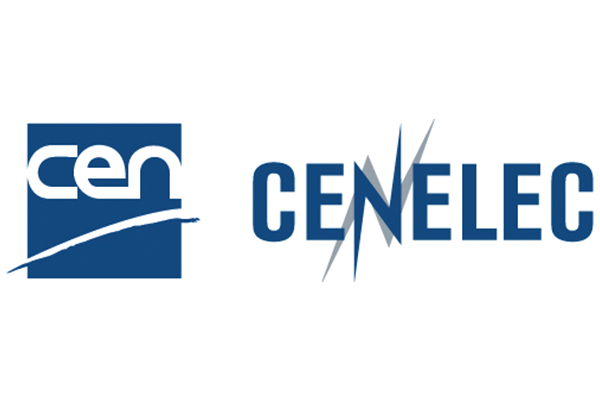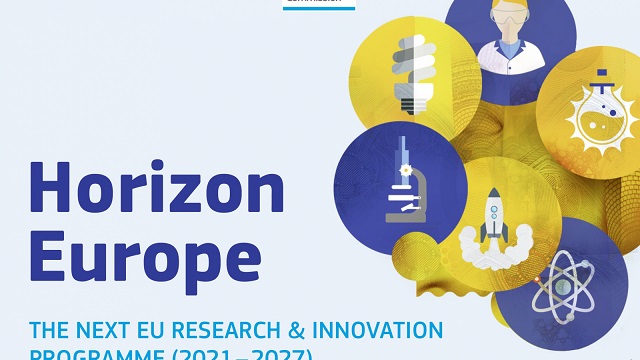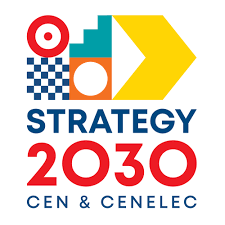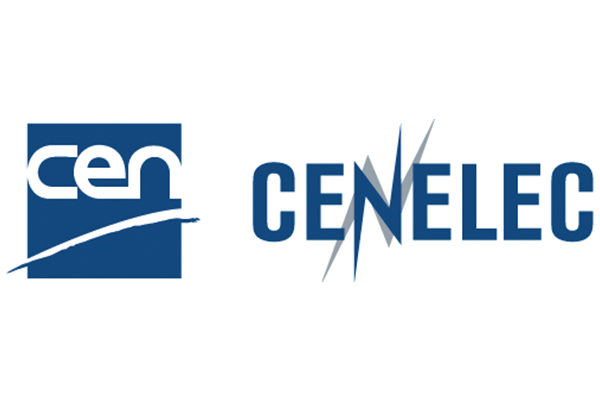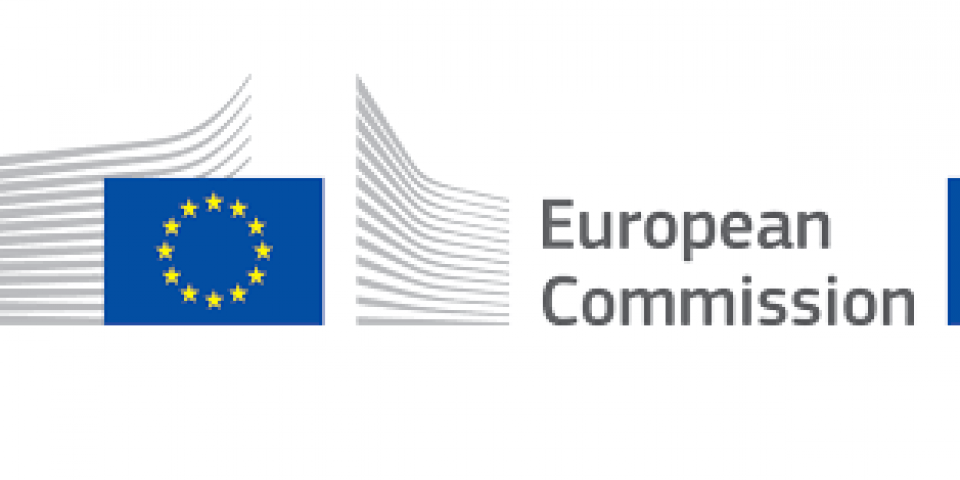The new versions of two of the most important European standards for lifts (EN 81-20:2020 and EN 81-50:2020) have just been published in the Official Journal of the EU, ensuring their harmonization under the Lifts Directive. This can be the opportunity to explore more in detail the surprising and very important role of standards for lifts and elevators in the EU and on the global market.
European Standards for lifts and escalators: a Single Market Success story : In 1962, the European Committee for Standardization (CEN) established CEN/TC 10 on ‘Lifts, escalators and moving walks’ with the aim of agreeing on safety rules for the construction and installation of lifts, escalators, and passenger conveyors in the then European Community. The work of European standardization in this field has been particularly relevant in making the Single Market a reality through the adoption of Harmonised Standards. CEN successfully collaborates with the European institutions by creating the standards that implement the requirements introduced by the 'Lifts Directive 2014/33/EU' and 'Machinery Directive 2006/42/EC'. The Lifts Directive, whose latest version is applicable from 20 April 2016, harmonises the rules governing the design, manufacture, and installation of lifts. Its aim is to permit the free circulation of lifts within the EU internal market, ensuring a high level of safety for lift users as well as maintenance and inspection technicians. Similarly, the Machinery Directive harmonises the rules for escalators and other lifting appliances.
CEN and CENELEC launched a new Joint TC on Artificial Intelligence
Even though Artificial Intelligence (AI) has existed since the 1950s, the rapid developments in the past years have turned it into one of the most promising sectors within ICT. There has been an enormous growth in investments and use of AI systems in many sectors such as automobile, health and aeronautics, creating new challenges for both industry and society.
To ensure the development of trustworthy AI systems that respect fundamental values and human rights recognised in Europe, standardization is needed. For this reason, CEN and CENELEC have established the new CEN-CENELEC Joint Technical Committee 21 ‘Artificial Intelligence’, based on the recommendations presented in the CEN-CENELEC response to the EC White Paper on AI and the German Standardization Roadmap for Artificial Intelligence. The Joint Technical Committee, whose Secretariat is held by DS, the Danish Standardization Body, will be responsible for the development and adoption of standards for AI and related data, as well as provide guidance to other Technical Committees concerned with AI.
CEN - CLC/JTC 21 will proceed with the identification and adoption of international standards already available or under development from other organizations like ISO/IEC JTC 1 and its subcommittees, such as SC 42 Artificial Intelligence. Furthermore, CEN-CLC/JTC 21 will focus on producing standardization deliverables that address European market and societal needs, as well as underpinning EU legislation, policies, principles, and values.
The European Commission presents a vision, targets and avenues for a successful digital transformation of Europe by 2030. This is also critical to achieve the transition towards a climate neutral, circular and resilient economy. The EU's ambition is to be digitally sovereign in an open and interconnected world, and to pursue digital policies that empower people and businesses to seize a human centred, sustainable and more prosperous digital future. This includes addressing vulnerabilities and dependencies as well as accelerating investment.
To make the next years Europe's ‘Digital Decade'; responds to the European Council's call for a ‘Digital Compass'; and builds on the Commission's digital strategy of February 2020. The Communication proposes to agree on a set of digital principles, to rapidly launch important multi-country projects, and to prepare a legislative proposal setting out a robust governance framework, to monitor progress – the Digital Compass.
Europe's Digital Compass: The Commission proposes a Digital Compass to translate the EU?s digital ambitions for 2030 into concrete terms. They evolve around four cardinal points:
- Digitally skilled citizens and highly skilled digital professionals: By 2030, at least 80% of all adults should have basic digital skills, and there should be 20 million employed ICT.
- Secure, performant and sustainable digital infrastructures: By 2030, all EU households should have gigabit connectivity and all populated areas should be covered by 5G.
- Digital transformation of businesses: By 2030, three out of four companies should use cloud computing services, big data, and Artificial Intelligence.
- Digitalization of public services: By 2030, all key public services should be available online; all citizens will have access to their e-medical records; and 80% citizens should use an eID solution.
European Commission, standards are crucial for European Climate Adaptation policy
On 24 February 2021 the European Commission adopted the new EU Strategy on Adaptation to Climate Change, which is setting the pathway to prepare for the unavoidable impacts of climate change in Europe. The Commission clearly states in the strategy that they intend to “increase cooperation with standardization organisations to make sure that existing standards are climate-proof and to develop new ones for climate adaptation solutions”.
CEN and CENELEC support the European effort to mitigate climate change, an also the preparation for its unavoidable consequences. Since the publication of the first EU adaptation strategy in 2013, CEN and CENELEC have been working closely with the European Commission on climate proofing the key infrastructures by revising the relevant priority standards. The first set of standards that include adaptation solutions from various sectors are being now finalised.
In addition to the extension of the activities of the CEN-CENELEC Adaptation to Climate Change Coordination Group, at the end of 2020 the new CEN/TC 467 ‘Climate Change’ was also established with the objective to develop European standards in support of the EU policy objectives. This clearly indicates the importance of climate change in the European standardization. An overview of CEN and CENELEC’s activities to support the efforts to mitigate climate change can be found on the policy paper “Standards in support of the European Green Deal Commitments”
The European Commission adopted the first strategic plan for Horizon Europe, the new EU research and innovation programme worth €95.5 billion in current prices. The strategic plan is a novelty in Horizon Europe and sets the strategic orientations for the targeting of investments in the programme's first four years. It ensures that EU research and innovation actions contribute to EU priorities, including a climate-neutral and green Europe, a Europe fit for the digital age, and an economy that works for people. An ambitious plan for an ambitious programme: The strategic plan sets out four strategic orientations for research and innovation investments under Horizon Europe for the next four years:
- Promoting an open strategic autonomy by leading the development of key digital, enabling and emerging technologies, sectors and value chains;
- Restoring Europe's ecosystems and biodiversity, and managing sustainably natural resources;
- Making Europe the first digitally enabled circular, climate-neutral and sustainable economy;
- Creating a more resilient, inclusive and democratic European society.
International cooperation underpins all four orientations, as it is essential for tackling many global challenges. The strategic plan also identifies the European co-funded and co-programmed partnerships and the EU missions to be supported though Horizon Europe. The partnerships will cover critical areas such as energy, transport, biodiversity, health, food & circularity, will complement the ten Institutionalised European Partnerships proposed by the Commission in February.
Our world is changing faster than ever, driven by environmental and geopolitical changes and technological innovation. Such structural trends raise a variety of challenges across different regions and industries, and make for an unpredictable, at times even turbulent, market environment. However, these rapid changes also offer opportunities for growth and innovation. Through the new Strategy, the CEN and CENELEC community aims at “Building a safer, more sustainable and competitive Europe through European and International Standardization”. To achieve this, the organisations state as their mission: “through our stakeholders’ networks, we create consensus-based standards in order to generate trust, fulfil market requirements, enable market access and innovations for a better, safer and more sustainable Europe”.
The Strategy 2030 establishes a series of five goals that will guide CEN and CENELEC’s actions in the next decade:
- EU and EFTA recognize and use the strategic value of the European standardization system
- Our customers and stakeholders benefit from state-of-the-art digital solutions
- Increase the use and awareness of CEN and CENELEC deliverables
- The CEN and CENELEC system to be the preferred choice for standardization in Europe
- Strengthen our leadership and ambition at the international level
As a strategic framework for CEN, CENELEC and their respective members, the Strategy 2030 will provide a frame of reference to ensure complementarity, coherence and consistency across the strategic exercises and long-term objectives of all actors in the CEN and CENELEC community.
ETSI is pleased to unveil ETSI TS 119 182-1, a specification for digital signatures supported by PKI and public key certificates which authenticates the origin of transactions ensuring that the originator can be held accountable and access to sensitive resources can be controlled. This standard is a major achievement for interoperability of digital signatures for a range of applications in today's digital economy including the banking and financial world where so far, some 4,000 banks were using various signing algorithms for their APIs to secure their online transactions. Called JAdES, ETSI TS 119 182-1 comes in support of secure communications fulfilling the requirements of the European Union eIDAS Regulation (No 910/2014) for advanced electronic signatures and seals and regulatory requirements for services such as open banking.
This JAdES digital signature specification is based on JSON Web Signature and contains the features already defined in the related ETSI standards for AdES (advanced electronic signature/seal) applied to other data formats including XML, PDF and binary. The standard was developed with contributions from a number of stakeholders including representatives from the banking sector who, through Open Banking Europe, have brought their operational requirements to align European APIs onto one security model. ETSI TS 119 182-1 can be used for any transaction between an individual and a company, between two companies, between an individual and a governmental body, etc. applicable to any electronic communications.
Standards, lifting the Single Market up!
The new versions of two of the most important European standards for lifts (EN 81-20:2020 and EN 81-50:2020) have just been published in the Official Journal of the EU, ensuring their harmonisation under the Lifts Directive. This can be the opportunity to explore more in detail the surprising and very important role of standards for lifts and elevators in the EU and on the global market.
European Standards for lifts and escalators: a Single Market Success story : In 1962, the European Committee for Standardization (CEN) established CEN/TC 10 on ‘Lifts, escalators and moving walks’ with the aim of agreeing on safety rules for the construction and installation of lifts, escalators, and passenger conveyors in the then European Community. The work of European standardization in this field has been particularly relevant in making the Single Market a reality through the adoption of Harmonised Standards. CEN successfully collaborates with the European institutions by creating the standards that implement the requirements introduced by the 'Lifts Directive 2014/33/EU' and 'Machinery Directive 2006/42/EC'. The Lifts Directive, whose latest version is applicable from 20 April 2016, harmonises the rules governing the design, manufacture, and installation of lifts. Its aim is to permit the free circulation of lifts within the EU internal market, ensuring a high level of safety for lift users as well as maintenance and inspection technicians. Similarly, the Machinery Directive harmonises the rules for escalators and other lifting appliances.
ETSI has successfully completed its international emergency communications interoperability testing event. 285 test pairings, with 87% demonstrating interoperability, were run from 22 February to 5 March 2021, both in Europe and across the Atlantic to assess the compatibility of products for mission-critical public safety services. This remote event was a cooperation between ETSI, EENA, the European Emergency Number Association and for the first time NENA, the 9-1-1 Association.
Vendors of emergency communication equipment connected to test Next Generation 112 and NG9-1-1 technologies, responding to the increasing requirements and demands of content-rich, IP-based emergency calling. Stakeholders included NGCS vendors, Forest Guide developers, user agents, mobile operators and call handling vendors. Government bodies, policy makers and local authorities also joined in to discuss implementation in their countries. Participants tested components of the emergency communication chain such as location and location-based call routing, audio, video, real-time text, policy based routing and core services based on ETSI TS 103 479, developed by the ETSI EMTEL Special Committee.
The European Commission welcomes the agreement reached by the European Parliament and the Council on the Connecting Europe Facility (CEF) proposal, as part of the next long-term EU budget 2021-2027.
The Connecting Europe Facility programme supports investment in Europe's transport, energy and digital infrastructure networks. It will support the twin green and digital transition, by contributing to the ambitious targets for the European Green Deal and the Digital Decade.
It will support the goals of the Smart and Sustainable Mobility Strategy laying the foundation for how the EU transport system can achieve its green and digital transformation and become more resilient to future crises. As outlined in the European Green Deal, the result will be a 90% cut in emissions by 2050, delivered by a smart, competitive, safe, accessible and affordable transport system. It will also prioritise environmentally friendly modes such as rail and the development of charging points for vehicles using alternative fuels.






